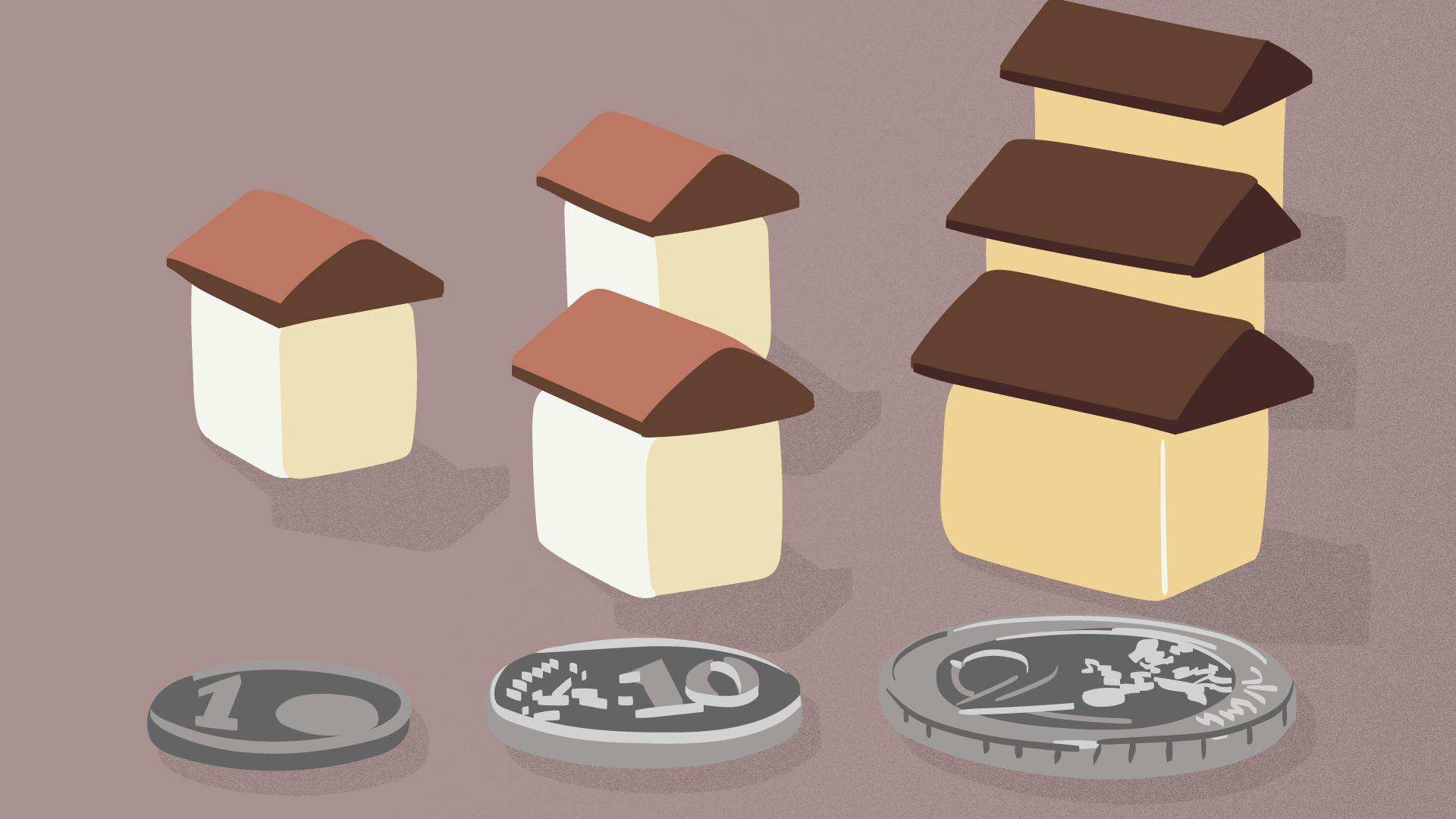As Corona tightens its grip around the economies of Europe and the world, there’s not surprises that of course it is impacting freelancers and the self-employed in very real and unplanned ways. Many may turn to credit or to banks in the event they need to keep things floating while the pandemic comes to an end. While not preferable, for some, it is unavoidable - so what is better - full credit or overdraft? Recently, Kontist was able to announce the exciting launch of their overdraft facility, so you may think we will come in biased here but that’s simply not the case. Thankfully, banking is a numbers game so we are going to analyse what is credit, what is overdraft and what is best.
Firstly, what is credit?
Credit (derived from Latin "believe, trust" and Latin creditum "that in good faith entrusted") is generally understood as the transfer of ownership of cash ( banknotes, coins ), money or reasonable things from Lender for the purpose of temporary use by the borrower who signifies a future Repayment and often a consideration in the form of interest.
In short, a loan is usually understood as the lending of money from a lender to a borrower on certain terms. Companies or individuals lend each other money through a loan . The money will be paid back at a later point in time - usually at predetermined conditions. There are usually two parties in a credit relationship. The creditor is the one who lends the money. It is often a bank. The debtor is the counterparty, i.e. the one who borrows money. It can be a private person (for example in the case of consumer loans), a company or a bank.
Loans can be divided into different credit cards. Some different types of loans or credit also include a bank loan, supplier credit, employer loan, personal loan, government loan and general credit. Furthermore, credit types can also be differentiated according to duration, scope, type of collateral, status, amount and use.
Interest: The cost of a loan, the cost of credit
The creditor does not lend their money for free. If it is a profit-oriented company it will demand interest from the debtor, the amount of which depends, among other things, on the term and creditworthiness of the debtor. As an alternative to interest payments, the loan can also be settled differently. For example, electronics retailers can consider whether to give their customers an interest-free loan or a discount. The discount not granted in this case is the price of the loan. A bank often incurs processing fees in addition to interest.
Creditworthiness and Loan Security
The level of interest rates can vary considerably depending on who is borrowing the money and how they are securing the loan. For checking the creditworthiness of private individuals, the SCHUFA exists in Germany, which collects a lot of information about bank accounts, outstanding loans and payment defaults. Based on this information, it creates a "score" that reflects the creditworthiness from the Schufa point of view. Expats, you should be mindful of SCHUFA - it ain’t pretty and it is not like at home - just two late paid bills can ruin your SCHUFA.
Securing a loan with assets
The interest burden can be reduced if the borrower provides security that the creditor can access in the event of the debtor's insolvency. For example, if a civil servant with a regular income borrows money and secures the loan with a mortgage on his house, the interest rate will be very low. In this case, the lender can assume with a high degree of certainty that he will get the money back.
The opposite example is a person without a regular income who has already failed to repay loans on time in the past. With this, a bank will think twice about granting a loan and, if at all, it will pay for the default risk with a high interest rate.


